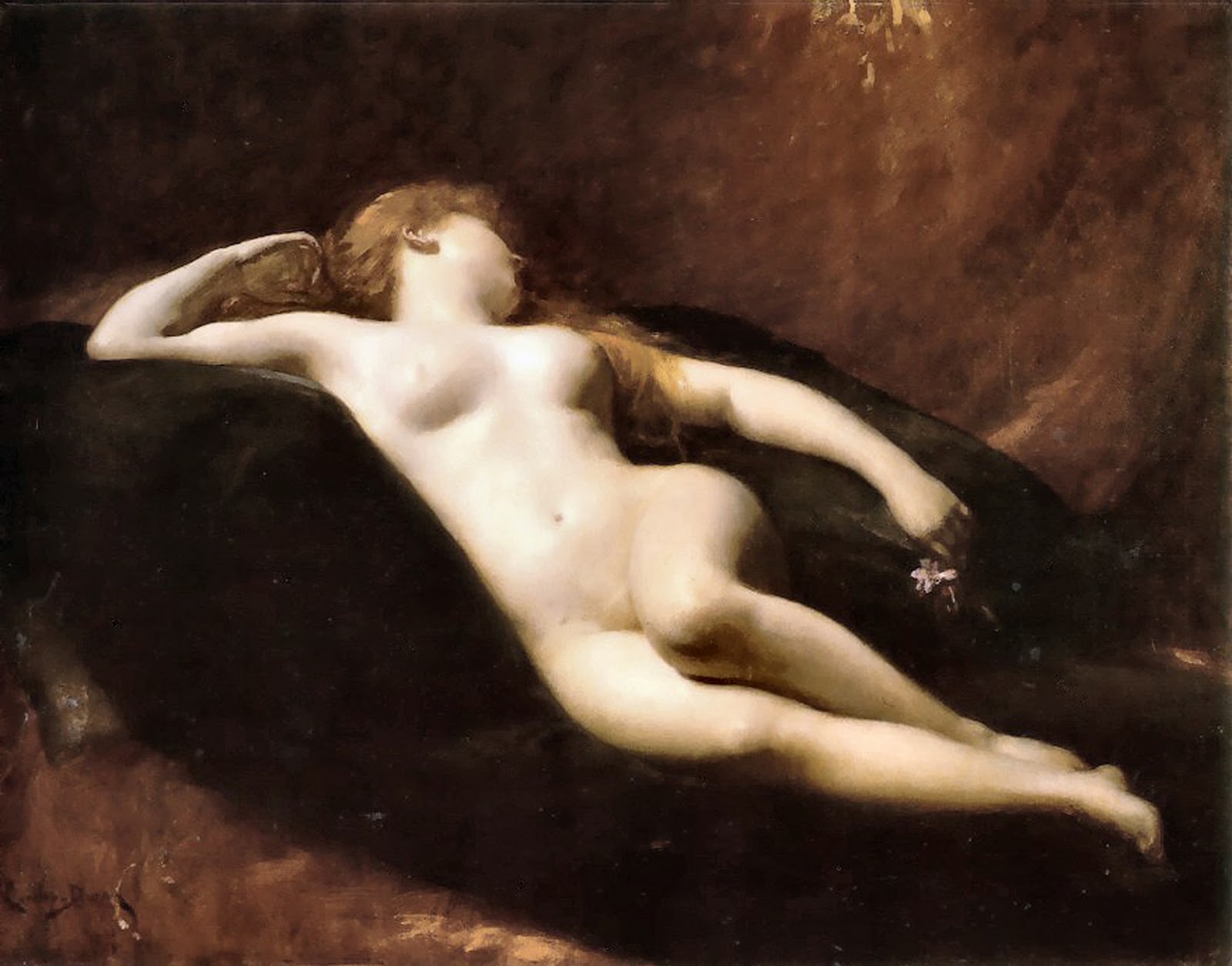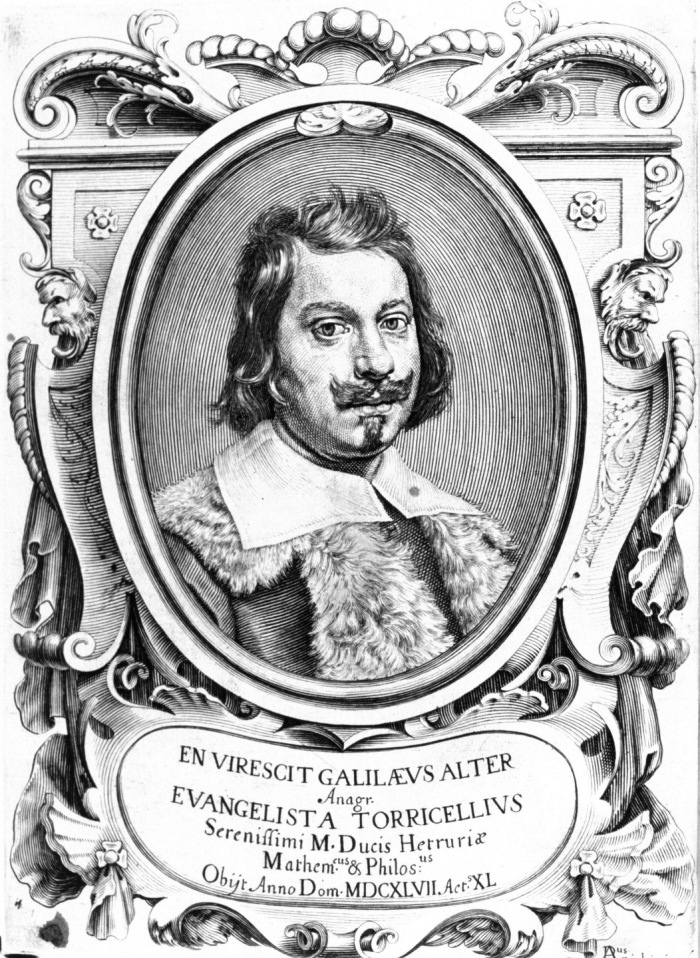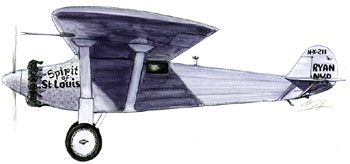|
Napoleone Boni
Napoleone Boni (1863 in Massa Carrara – 1927 in Castelfiorentino, near Florence) was an Italian painter. He first studied in the studio of Amos Cassioli in Florence, then worked in the Parisian studio of Carolus-Duran. He often painted subjects in oriental garb. In the 1887 National Exposition of Venice, he displayed an ''Odalisque''. In 1889 in Florence, he exhibited ''Il Maglio''. He also painted historical subjects such as ''Evangelista Torricelli invents the Barometer'' (Brera Academy The Accademia di Belle Arti di Brera (), also known as the or Brera Academy, is a state-run tertiary public academy of fine arts in Milan, Italy. It shares its history, and its main building, with the Pinacoteca di Brera, Milan's main public mu ..., Milan). [...More Info...] [...Related Items...] OR: [Wikipedia] [Google] [Baidu] |
Massa Carrara
The province of Massa-Carrara () is a province in the Tuscany region of Italy. It is named after the provincial capital Massa, and Carrara, the other main town in the province. History The province of "Massa e Carrara" was born in 1859 from the separation of the Lunigiana and the Garfagnana from the Duchy of Modena. Originally it was composed of three ''circondari'': I° "Circondario of Massa and Carrara" (a group of seven districts divided in 14 municipalities), II° "Circondario" of Castelnuovo Garfagnana (four districts divided in 17 municipalities), III° "Circondario" of Pontremoli (three districts divided into six municipalities). Until the census of 1861, the province appears as part of ''Compartimento territorial Modena, Reggio and Massa'', but since the census of the population of 1871 it has been counted as part of Tuscany. Later, with the "Regio Decreto n. 1913 of September 2, 1923", the municipalities of Calice al Cornoviglio and Rocchetta Vara were detached from t ... [...More Info...] [...Related Items...] OR: [Wikipedia] [Google] [Baidu] |
Florence
Florence ( ; ) is the capital city of the Italy, Italian region of Tuscany. It is also the most populated city in Tuscany, with 362,353 inhabitants, and 989,460 in Metropolitan City of Florence, its metropolitan province as of 2025. Florence was a centre of Middle Ages, medieval European trade and finance and one of the wealthiest cities of that era. It is considered by many academics to have been the birthplace of the Renaissance, becoming a major artistic, cultural, commercial, political, economic and financial center. During this time, Florence rose to a position of enormous influence in Italy, Europe, and beyond. Its turbulent political history includes periods of rule by the powerful House of Medici, Medici family and numerous religious and republican revolutions. From 1865 to 1871 the city served as the capital of the Kingdom of Italy. The Florentine dialect forms the base of Italian language, standard Italian and it became the language of culture throughout Italy due to ... [...More Info...] [...Related Items...] OR: [Wikipedia] [Google] [Baidu] |
Amos Cassioli
Amos Cassiòli (10 August 1832 – 17 December 1891) was an Italian painter of battle scenes, historical canvases and portraits. He worked in a Purismo style. Biography Cassioli was born in Asciano. After studying at the Sienese Academy of Fine Arts under Luigi Mussini, a stipend from Grand Duke Ferdinand IV of Tuscany enabled him and Angelo Visconti to study in Rome. At the end of 1860 he established himself in Florence which, although he maintained his links with Siena, became his permanent home. Regarded as an excellent portraitist, Cassioli is also noted for his large-scale history paintings which include the ''Battle of Legnano'' (1860–1870, Florence, Galleria di arte moderna, Palazzo Pitti) and ''Il giuramento di Pontida'' (1884, Siena, Palazzo Pubblico). Between 1884 and 1886 he executed frescoes in the Sala del Risorgimento of the Palazzo Pubblico depicting the battles of San Martino and Palestro. He also painted and altarpiece for the Collegiata di Santa Maria Assun ... [...More Info...] [...Related Items...] OR: [Wikipedia] [Google] [Baidu] |
Carolus-Duran
Charles Auguste Émile Durand, known as Carolus-Duran (4 July 1837 – 17 February 1917), was a French painter and art instructor. He is noted for his stylish depictions of members of Upper class, high society in French Third Republic, Third Republic France. Biography The son of a hotel owner, his first drawing lessons were with a local sculptor named Augustin-Phidias Cadet de Beaupré (1800–?) at the Academy of Lille, Académie de Lille; then took up painting with François Souchon, a student of Jacques-Louis David. He went to Paris in 1853, where he adopted the name "Carolus-Duran". In 1859, he had his first exhibition at the Salon (Paris), Salon. That same year, he began attending the Académie Suisse, where he studied until 1861. One of his early influences was the Realism (art), Realism of Gustave Courbet. From 1862 to 1866, he travelled to Rome and Spain, thanks to a scholarship granted by his hometown. During that time, he moved away from Courbet's style and became mor ... [...More Info...] [...Related Items...] OR: [Wikipedia] [Google] [Baidu] |
Odalisque
An odalisque (, ) was an enslaved chambermaid or a female attendant in a Turkish seraglio, particularly the court ladies in the household of the Ottoman sultan. In western European usage, the term came to mean the harem concubine, and refers to the eroticized artistic genre in which a woman is represented mostly or completely nude in a reclining position, often in the setting of a harem. It was part of a fascination with Orientalism, particularly in Great Britain and France. Etymology The word "odalisque" is French in form and originates from the Turkish ''odalık'', meaning "chambermaid", from ''oda'', "chamber" or "room". It can also be transliterated ''odahlic'', ''odalisk'', and ''odaliq''. Joan DelPlato has described the term's shift in meaning from Turkish to English and French: Origin as the Turkish ''odalık'' An ''odalik'' was a (slave) maid who tended to the harem, but she could eventually become a (slave) concubine. She was ranked at the bottom of the so ... [...More Info...] [...Related Items...] OR: [Wikipedia] [Google] [Baidu] |
Evangelista Torricelli
Evangelista Torricelli ( ; ; 15 October 160825 October 1647) was an Italian people, Italian physicist and mathematician, and a student of Benedetto Castelli. He is best known for his invention of the barometer, but is also known for his advances in optics and work on the method of indivisibles. The torr is named after him. Biography Early life Torricelli was born on 15 October 1608 in Rome, the firstborn child of Gaspare Ruberti and Giacoma Torricelli. His family was from Faenza in the Province of Ravenna, then part of the Papal States. His father was a textile worker and the family was very poor. Seeing his talents, his parents sent him to be educated in Faenza, under the care of his uncle, Giacomo (James), a Camaldolese monk, who first ensured that his nephew was given a sound basic education. He then entered young Torricelli into a Jesuit College in 1624, possibly the one in Faenza itself, to study mathematics and philosophy until 1626, by which time his father, Gaspare, had di ... [...More Info...] [...Related Items...] OR: [Wikipedia] [Google] [Baidu] |
Barometer
A barometer is a scientific instrument that is used to measure air pressure in a certain environment. Pressure tendency can forecast short term changes in the weather. Many measurements of air pressure are used within surface weather analysis to help find surface Trough (meteorology), troughs, pressure systems and weather front, frontal boundaries. Barometers and pressure altimeters (the most basic and common type of altimeter) are essentially the same instrument, but used for different purposes. An altimeter is intended to be used at different levels matching the corresponding atmospheric pressure to the altitude, while a barometer is kept at the same level and measures subtle pressure changes caused by weather and elements of weather. The average atmospheric pressure on the Earth's surface varies between 940 and 1040 hPa (mbar). The average atmospheric pressure at sea level is 1013 hPa (mbar). Etymology The word ''wikt:barometer, barometer'' is derived from the Ancient Gr ... [...More Info...] [...Related Items...] OR: [Wikipedia] [Google] [Baidu] |
Brera Academy
The Accademia di Belle Arti di Brera (), also known as the or Brera Academy, is a state-run tertiary public academy of fine arts in Milan, Italy. It shares its history, and its main building, with the Pinacoteca di Brera, Milan's main public museum for art. In 2010 an agreement was signed to move the accademia to a former military barracks, the Caserma Magenta in via Mascheroni. In 2018 it was announced that Caserma Magenta was no longer a viable option, with the former railway yard in Via Farini now under consideration as a potential venue for the campus extension. History The academy was founded in 1776 by Maria Theresa of Austria. In typical Enlightenment fashion, it shared premises with other cultural and scientific institutions – the astronomical observatory, the Orto Botanico di Brera, the Scuole Palatine for philosophy and law, the Gymnasium, laboratories for physics and chemistry, the Biblioteca di Brera, the agricultural society and, from 1806, the Pinacoteca di B ... [...More Info...] [...Related Items...] OR: [Wikipedia] [Google] [Baidu] |
1863 Births
Events January * January 1 – Abraham Lincoln signs the Emancipation Proclamation during the third year of the American Civil War, making the abolition of slavery in the Confederate States of America an official war goal. The signing proclaimed the freedom of 3.1 million of the nation's four million slaves and immediately frees 50,000 of them, with the rest freed as the Union Army advances. This event marks the start of America's Reconstruction era, Reconstruction Era. * January 2 – Master Lucius Tar Paint Company (''Teerfarbenfabrik Meister Lucius''), predecessor of Hoechst AG, Hoechst, as a worldwide Chemical, chemical manufacturing brand, founded in a suburb of Frankfurt am Main, Germany. * January 4 – Founding date of the New Apostolic Church, a Christian and chiliastic church, in a schism with the Catholic Apostolic Church in Hamburg, Germany. * January 7 – In the Cantons of Switzerland, Swiss canton of Ticino, the village of Bedretto is ... [...More Info...] [...Related Items...] OR: [Wikipedia] [Google] [Baidu] |
1927 Deaths
Events January * January 1 – The British Broadcasting ''Company'' becomes the BBC, British Broadcasting ''Corporation'', when its Royal Charter of incorporation takes effect. John Reith, 1st Baron Reith, John Reith becomes the first Director-General. * January 7 ** The first transatlantic telephone call is made ''via radio'' from New York City, United States, to London, United Kingdom. ** The Harlem Globetrotters exhibition basketball team play their first ever road game in Hinckley, Illinois. * January 9 – The Laurier Palace Theatre fire at a movie theatre in Montreal, Quebec, Canada, kills 78 children. * January 10 – Fritz Lang's futuristic film ''Metropolis (1927 film), Metropolis'' is released in Germany. * January 11 – Louis B. Mayer, head of film studio Metro-Goldwyn-Mayer (MGM), announces the creation of the Academy of Motion Picture Arts and Sciences, at a banquet in Los Angeles, California. * January 24 – U.S. Marines United States occ ... [...More Info...] [...Related Items...] OR: [Wikipedia] [Google] [Baidu] |
People From Carrara
The term "the people" refers to the public or common mass of people of a polity. As such it is a concept of human rights law, international law as well as constitutional law, particularly used for claims of popular sovereignty. In contrast, a people is any plurality of persons considered as a whole. Used in politics and law, the term "a people" refers to the collective or community of an ethnic group or nation. Concepts Legal Chapter One, Article One of the Charter of the United Nations states that "peoples" have the right to self-determination. Though the mere status as peoples and the right to self-determination, as for example in the case of Indigenous peoples (''peoples'', as in all groups of indigenous people, not merely all indigenous persons as in ''indigenous people''), does not automatically provide for independent sovereignty and therefore secession. Indeed, judge Ivor Jennings identified the inherent problems in the right of "peoples" to self-determination, as i ... [...More Info...] [...Related Items...] OR: [Wikipedia] [Google] [Baidu] |
19th-century Italian Painters
The 19th century began on 1 January 1801 (represented by the Roman numerals MDCCCI), and ended on 31 December 1900 (MCM). It was the 9th century of the 2nd millennium. It was characterized by vast social upheaval. Slavery was abolished in much of Europe and the Americas. The First Industrial Revolution, though it began in the late 18th century, expanded beyond its British homeland for the first time during the 19th century, particularly remaking the economies and societies of the Low Countries, France, the Rhineland, Northern Italy, and the Northeastern United States. A few decades later, the Second Industrial Revolution led to ever more massive urbanization and much higher levels of productivity, profit, and prosperity, a pattern that continued into the 20th century. The Catholic Church, in response to the growing influence and power of modernism, secularism and materialism, formed the First Vatican Council in the late 19th century to deal with such problems and confirm c ... [...More Info...] [...Related Items...] OR: [Wikipedia] [Google] [Baidu] |








